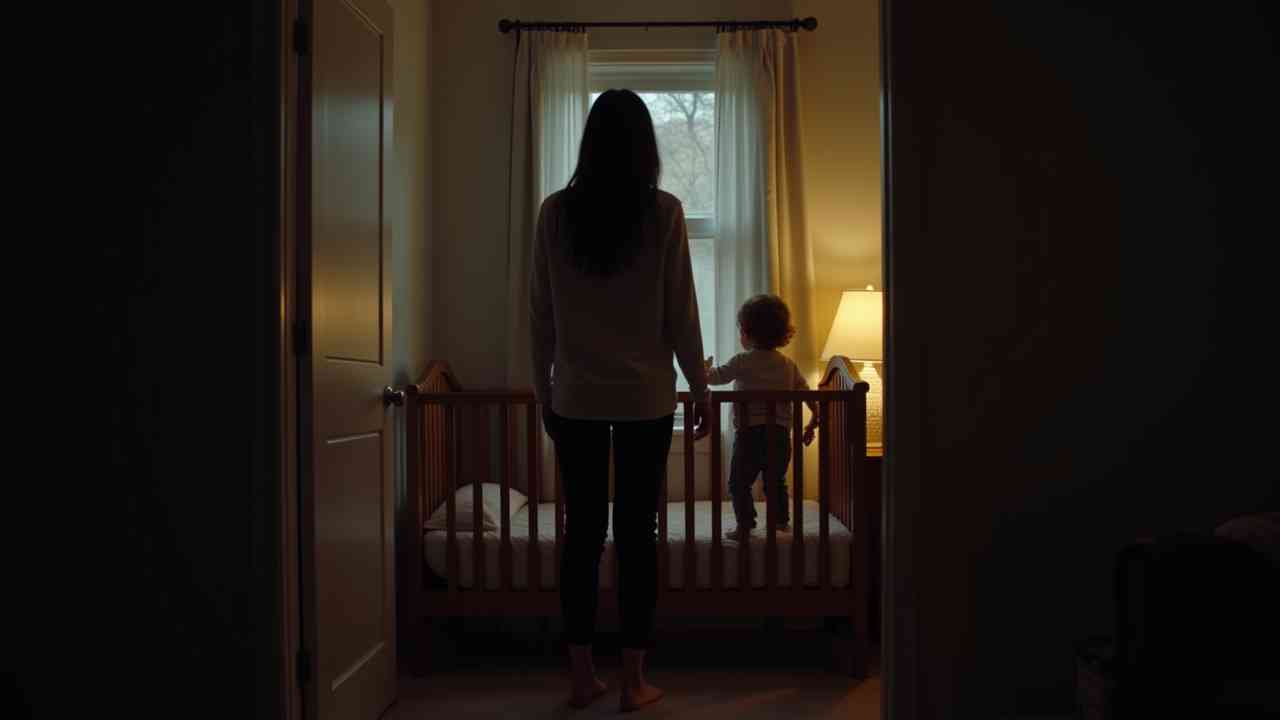
🗓️ A Guide to the 16-Month-Old Sleep Schedule (& Regression!)
🗓️ Your 16-Month-Old's Sleep Schedule (and the Frustrating Regression!) 🗓️
At 16 months, your little one is a walking, talking whirlwind of energy and opinions. This exciting stage of toddlerhood also often brings a frustrating and confusing disruption to sleep. If your previously good sleeper is now battling bedtime and fighting their nap, you are likely in the middle of a sleep regression.
First, know that this is a completely normal developmental phase. Your toddler is not being naughty; they are learning about their independence and testing the world around them. Understanding their sleep needs and staying consistent is the key to navigating this temporary storm.
This guide will explain a typical 16 month old sleep schedule. We will also cover why this regression happens and how to manage it. Let's get your family back to more peaceful nights. 💪
🤔 What Does a Typical 16-Month-Old's Sleep Schedule Look Like?
By 16 months, your toddler is firmly on a one-nap-a-day schedule. Their stamina for being awake has increased significantly. Here are the key sleep numbers for this age.
- Total Sleep: About 11 to 14 hours in a 24-hour period.
- Nighttime Sleep: 10 to 12 hours.
- Daytime Sleep: One solid nap lasting 2 to 3 hours.
- Wake Windows: The time your toddler can stay awake is now around 5 hours before their nap and 4-5 hours before bedtime.
What is a good sample schedule?
A typical 16 month old sleep routine is built around that single midday nap. This is just a template, so adjust it based on your child's individual needs.
- 7:00 AM: Wake up
- (5-hour wake window)
- 12:00 PM - 2:30 PM: Nap
- (5-hour wake window)
- 7:30 PM: Bedtime
🤯 Why Is Your 16-Month-Old Suddenly Fighting Sleep?
This regression is less about a biological change in sleep patterns (like the 4-month regression) and more about your toddler's cognitive and emotional development. It is a battle of wills.
Is it about testing independence?
Yes. This is the number one cause. Your 16-month-old is realizing they are a separate person with their own desires. Saying "no" to sleep is a powerful way to assert their independence and test the boundaries you have set. They want to see what they can control.
Is separation anxiety a factor?
Yes, separation anxiety can still be a major factor at this age. Your toddler may cry or protest when you leave the room because they do not want to be away from you.
Are they teething?
The painful process of teething is an ever-present disruptor. The first molars are often emerging around this time, which can be particularly uncomfortable and can make sleep difficult.
✅ What Are the Best Strategies for Managing This Phase?
The key to surviving this regression is to be a calm, confident, and consistent leader. Your toddler needs the security of knowing that the rules have not changed. Here are some essential tips.
1. Be Loving but Firm: Your toddler can sense when you are wavering. Acknowledge their feelings ("I know you want to play, but it's time for sleep now"), but hold the boundary firmly. A confident parent is a reassuring parent.
2. Stick to Your Routine: A predictable bedtime routine is more important than ever. It provides a sense of security and signals that sleep is coming. The cozy, cool autumn evenings here in Bursa are perfect for a warm bath and a quiet story. 🍂
3. Set Clear Boundaries: If your rule is that your child sleeps in their crib, do not suddenly start bringing them into your bed out of frustration. This will only teach them that protesting works and will prolong the regression.
This phase can last from two to six weeks. Its duration often depends on how consistently parents respond. Stay strong and consistent. This tough phase will pass, and peaceful sleep will return. ❤️